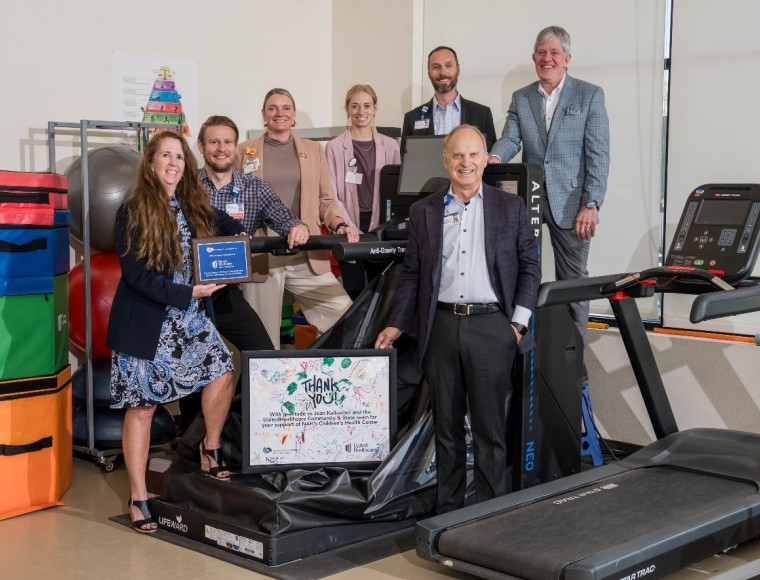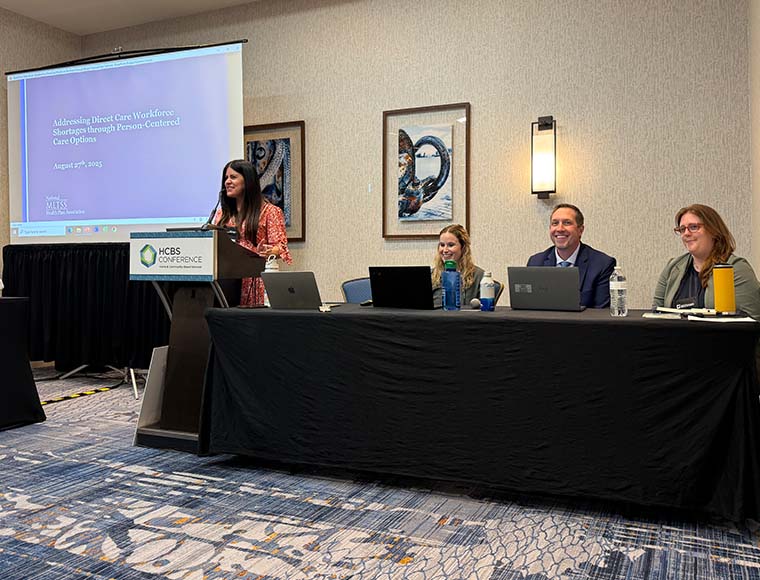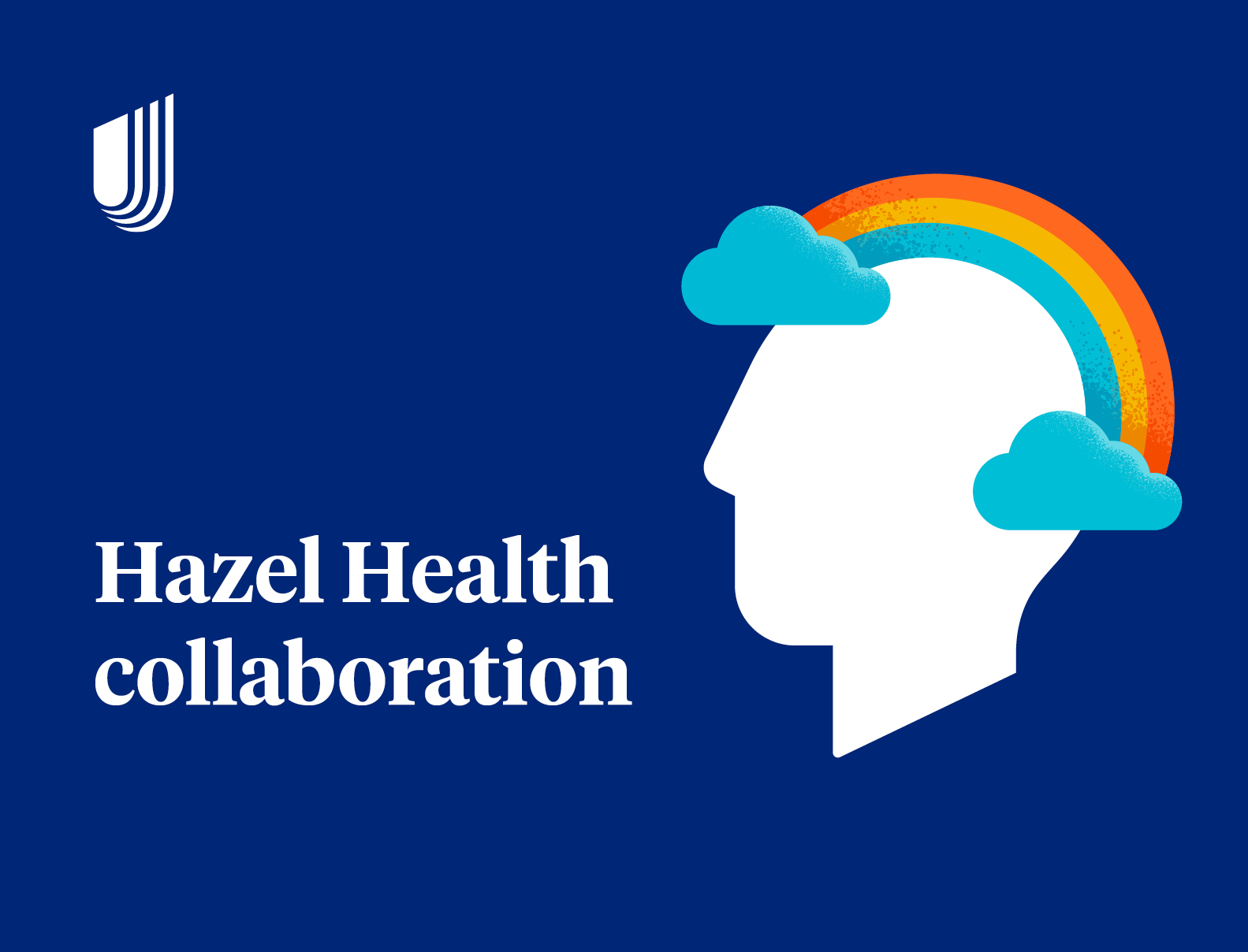Heidi Strickler is National Director of Children, Adolescents, and Foster Care for UnitedHealthcare Community & State.
Kids who are adopted through the child welfare system have a myriad of feelings – desiring permanency, needing to make space for their adoptive family and caring about their biological family whom they may or may not be able to contact. It’s important that these children have providers and child welfare workers who understand all of those dynamics. As a former foster parent, National Adoption Month and awareness of adoption trends is extremely important to me.
National Adoption Month
National Adoption Month is a Children's Bureau initiative that seeks to:
- Increase awareness of adoption issues1
- Highlight the need for adoption of teenagers in the U.S. foster care system
- Emphasize the value of youth engagement
Initially launched by President Reagan in 1984 as National Adoption Week, this Children’s Bureau initiative was lengthened to the full month of November by President Clinton in 1995. Recent efforts from the Children’s Bureau have focused on adoption for teenagers due to older children in foster care waiting longer for permanency and being at higher risk of aging out than younger children.
Each year, a new theme is selected for National Adoption Month to guide outreach and awareness-raising efforts. This year, the "Empowering youth: finding points of connection" theme encourages adoption professionals to allow youth to take the lead in making decisions that affect their lives. Professionals strive to help youth remain connected to their roots while also finding new connections and opportunities.
Adoption trends
I believe examination of adoption trends is crucial for the development of effective adoption and health care policy. Data from the Children’s Bureau 2022 U.S. Adoptions report support the following four trends:
- Increase in total U.S. adoptions – From 2010 to 2019, the 5% increase in total U.S. adoptions has been attributed to the increased rate of children adopted from foster care.2 I think it’s important to note that most states have a heart gallery to support adoption, where you can see different children in need of adoption through the foster care system.
- Decrease in intercountry adoptions – During this nine-year period, the number of domestic adoptions increased by 24% while the number of intercountry adoptions saw a 73% decrease. The Children’s Bureau attributes this increase in domestic adoptions to numerous international, national and state factors. These include ratification of the Hague Convention, a treaty between the U.S. and 75 other countries that provides safeguards for children involved in intercountry adoptions.3 Following this treaty, the U.S. prohibited adoptions from countries with non-compliant adoption systems. Additionally, social, economic and legal changes in other countries led to restriction of intercountry adoptions and promotion of their own domestic adoptions.
- Increase in children entering foster care due to parental substance abuse – The percentage of children removed from the care of their biological parents due to parental substance abuse has increased by 10.4% during the nine-year period.
- Increase in open adoptions – Open adoptions allow for varying degrees of contact between biological and adoptive families.4 In a recent study, U.S. adoption agencies reported that 95% of their domestic infant adoptions were open. My colleague Thomas Tracy, Senior Director of National Clinical Strategy for UnitedHealthcare Community & State has noted the importance of maintaining a three-way relationship when possible, “I think what’s really important to remember – especially in open adoptions – is that it is a triad: the child, the adoptive family and the biological family.”
Trauma-informed care with a strength-based approach
“Acting out is normal for all kids, and it’s important to not pathologize adoption. However, it’s equally important to be mindful that adopted children may experience trauma, loss and rejection. These children need to be provided with trauma-informed care,” stated Thomas when we spoke about challenges for adopted youth.
In a study from the National Child Traumatic Stress Network (NCTSN), researchers found that 70% of analyzed foster youth had experienced complex trauma.5 A network of frontline providers, researchers and national partners, NCTSN is funded by the National Child Traumatic Stress Initiative (NCTSI).6 Both of these programs were established in 2000 as part of the Children’s Health Act with the goal of addressing child traumatic stress in the U.S. Since its launch, NCTSI has provided trauma treatment and services to hundreds of thousands of youth, with more than 380 grants awarded to more than 225 member centers.7
NCTSN defines trauma-informed systems as those that integrate trauma awareness, knowledge and skills into their organizational cultures and practices to maximize the physical and psychological safety of the child.8 Children’s Bureau reports highlight the effectiveness of these systems, citing one example in which 13,000 children in Connecticut received trauma-informed care. The results determined that, “Evaluation outcomes indicate significant reductions in post-traumatic stress and depression symptoms.”
Recent support for trauma-informed systems was funded by the Substance Abuse and Mental Health Services Administration in 2021.7 The $62.4 million grant was designated to increase access to effective treatment and service systems throughout the nation for children, adolescents and their families who experience traumatic events. With federal support and improved access to post-adoption services, research suggests that the number of successful adoptions will continue to grow.5
As outlined by the Center for Health Care Strategies, policymakers can improve health outcomes for children experiencing trauma by supporting the evaluation of trauma-informed care models and empowering youth who have experienced trauma to have a voice in the policy development process.9
Committed to empowering youth to have a voice in their care plans, UnitedHealthcare supports trauma-informed systems and adoption resources. Per Arethusa Stevens Kirk M.D., vice president of population health and clinical strategy for UnitedHealthcare Community & State, “UnitedHealthcare contributes significantly to successful adoption journeys through the work we do with physicians, providers and practices that have raised their hand to be involved in trauma-informed care.” UnitedHealthcare looks forward to continuing its ongoing support for foster and adoptive families throughout their care journeys.
Resources
To learn more about adoption trends, resources and trauma-informed care, visit The Child Welfare Information Gateway, The National Child Traumatic Stress Network, AdoptUSKids and American Adoptions. Make sure to also read our blog about how trauma-informed care is essential for whole-person health.
Sources
- About National Adoption Month - National Adoption Month - Child Welfare Information Gateway
- Trends in U.S. Adoptions 2010-2019 (childwelfare.gov)
- The Hague Convention on Intercountry Adoption - Child Welfare Information Gateway
- Openness in Adoption | Adoption Assistance Program (uconn.edu)
- Improving Access to Trauma-Informed Adoption Services: Applying a Developmental Trauma Framework - PMC (nih.gov)
- Who We Are | The National Child Traumatic Stress Network (nctsn.org)
- SAMHSA awards $62.4 million in grants to combat child trauma, with $800,000 in American Rescue Plan funds | SAMHSA
- The Importance of a Trauma-Informed Child Welfare System
- State and Federal Support of Trauma-Informed Care: Sustaining the Momentum - CHCS Blog











